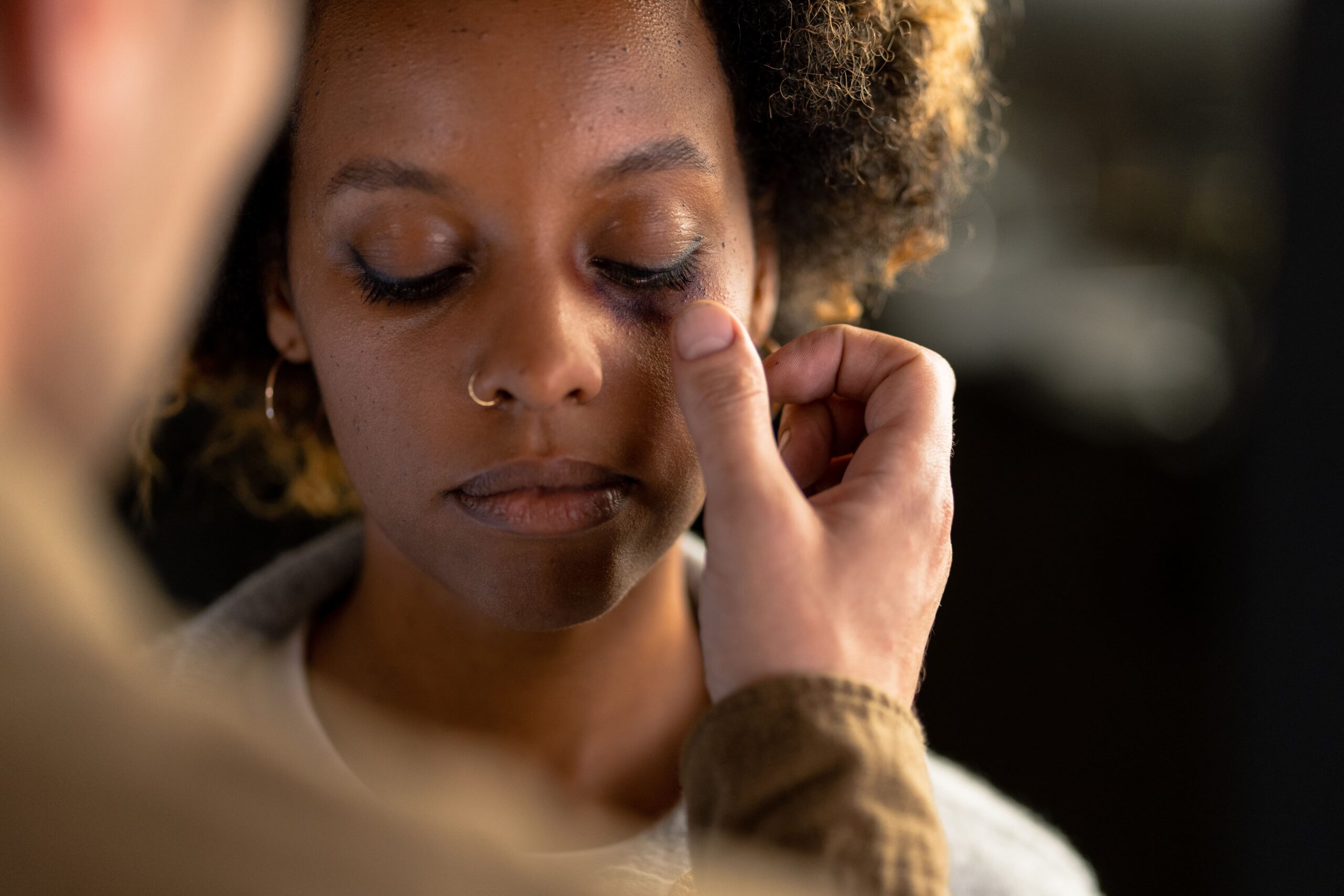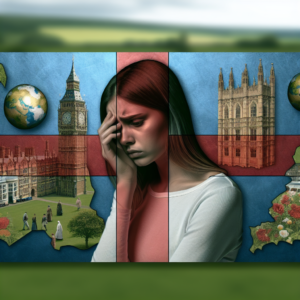Empowering Survivors: Understanding the Dynamics of Domestic Violence
Introduction:
Domestic violence is a pervasive issue that affects millions of individuals worldwide. It encompasses physical, emotional, and psychological abuse within intimate relationships, regardless of gender, age, or social status. Understanding the dynamics of domestic violence is crucial for creating effective interventions and supporting survivors in their journey towards healing and empowerment. This article aims to shed light on the various aspects of domestic violence, including its causes, effects, and strategies for empowerment.
Defining Domestic Violence:
Domestic violence, also known as intimate partner violence, refers to a pattern of behaviors intended to gain power and control over another person. It goes beyond isolated incidents and involves a continuous cycle of abusive behaviors, characterized by fear, manipulation, and coercion. Forms of abuse in domestic violence may include physical violence, sexual assault, emotional abuse, financial control, and isolation.
Causes and Factors Contributing to Domestic Violence:
Domestic violence is a complex issue influenced by various individual, societal, and cultural factors. While it is essential to recognize that no factor justifies abuse, understanding the underlying causes can help prevent and address domestic violence effectively. Some common factors contributing to domestic violence include:
1. Learned Behavior: Individuals who have witnessed or experienced abuse within their families are more likely to perpetrate violence in their own relationships.
2. Power Imbalance: Domestic violence often stems from a desire for power and control. When one partner assumes a dominant role and seeks to exert authority over the other, it can lead to abusive behaviors.
3. Cultural and Social Norms: Societal attitudes that condone or trivialize violence contribute to a culture that enables domestic violence. Traditional gender roles, discrimination, and stereotypes can contribute to the perpetuation of abuse.
Effects of Domestic Violence:
Domestic violence has severe physical, emotional, and psychological consequences for survivors. The impacts can be immediate, such as physical injuries, but also long-lasting and pervasive. Some common effects of domestic violence include:
1. Physical Injuries: Survivors often suffer physical harm, including bruises, fractures, and internal injuries. In extreme cases, domestic violence can lead to death.
2. Emotional Trauma: Survivors may experience a range of emotions, including fear, shame, guilt, and anxiety. They may also suffer from post-traumatic stress disorder (PTSD) or depression.
3. Isolation: Abusers often isolate their victims from friends and family, making it challenging for survivors to seek support and escape the abusive relationship.
4. Financial Dependence: Limited access to financial resources can further contribute to the control an abuser has over the survivor. This dependence can make it difficult for survivors to leave the abusive environment.
Empowering Survivors:
Empowering survivors of domestic violence is a crucial aspect of addressing this issue. It involves providing them with the necessary tools, resources, and support to regain control of their lives and break the cycle of abuse. Here are some strategies for empowering survivors:
1. Raising Awareness: Education about the dynamics of domestic violence helps create a society that understands and acknowledges the issue. This awareness enables survivors to be validated and encourages intervention.
2. Safe Spaces and Supportive Communities: Establishing safe spaces where survivors can share their experiences without fear of judgment or ridicule is vital. Supportive communities can provide individuals with the emotional support they need to heal and rebuild their lives.
3. Legal and Financial Resources: Access to legal assistance and financial resources plays a crucial role in empowering survivors. These resources help survivors navigate the legal system, secure restraining orders, and establish financial independence.
4. Counseling and Therapy: Survivors often require professional help to heal from the emotional and psychological trauma caused by domestic violence. Counseling and therapy can provide survivors with the necessary tools to rebuild their self-esteem and overcome the long-term effects of abuse.
Frequently Asked Questions (FAQs):
1. How common is domestic violence?
Domestic violence is unfortunately prevalent worldwide. According to the World Health Organization, approximately one in three women worldwide experience physical or sexual violence from an intimate partner in their lifetime.
2. Are men also victims of domestic violence?
Yes, men can also be victims of domestic violence. While women are disproportionately affected, it is important to recognize and support all survivors, regardless of gender.
3. How can I help a friend or loved one experiencing domestic violence?
If someone you know is experiencing domestic violence, it is important to approach the issue with sensitivity and empathy. Encourage them to seek professional help, provide resources and support, and advocate for their safety.
4. Can domestic violence be prevented?
Preventing domestic violence relies on a multi-faceted approach that includes education, awareness, and intervention. By challenging social norms that perpetuate violence and supporting survivors, we can work towards preventing domestic violence.
Conclusion:
Understanding the dynamics of domestic violence is crucial for providing effective support and empowerment to survivors. By recognizing the causes, effects, and strategies for intervention, we can work towards creating a society that refuses to tolerate abuse. Empowering survivors not only helps them heal from the trauma they have experienced but also contributes to breaking the cycle of abuse and building a safer world for all.
















